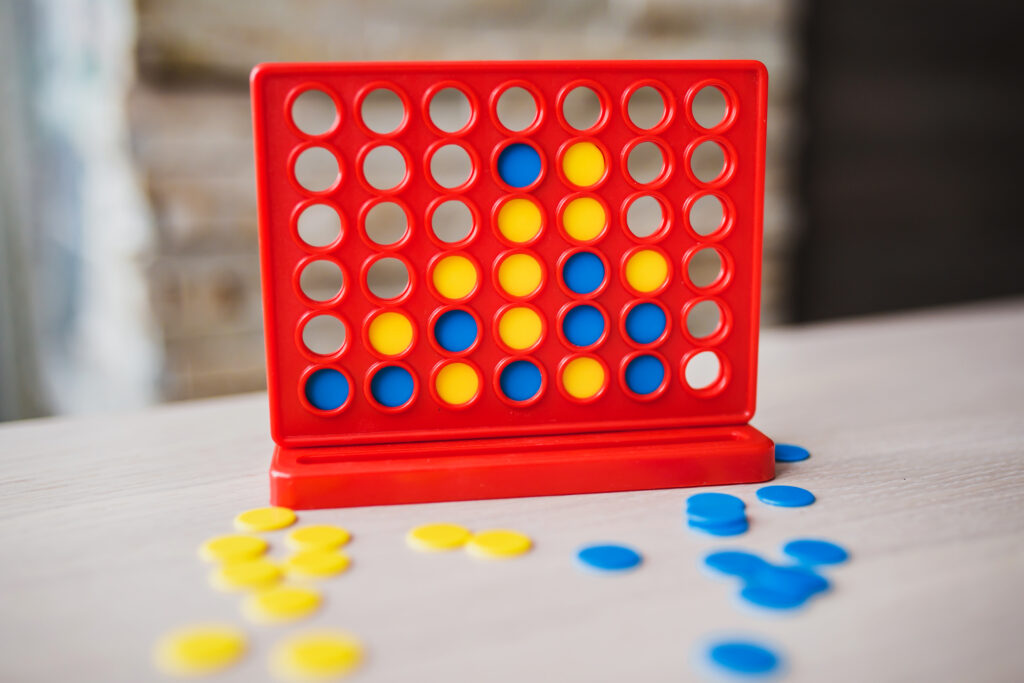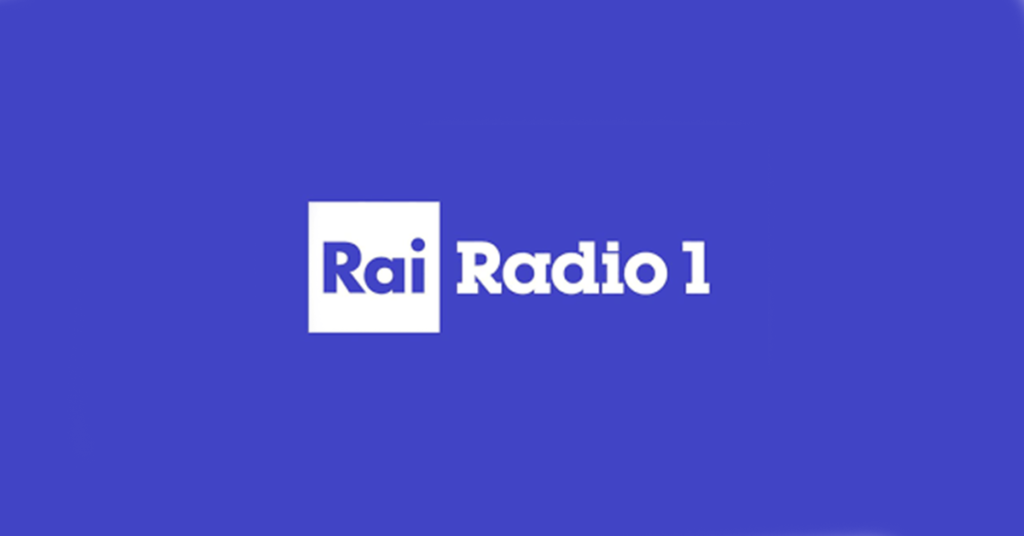Introduction
In recent months, we have seen a number of upheavals in the digital market that have contributed to making the current scenario uncertain. First the announcement of the discontinuation of third-party cookies, with Google continually postponing this step, then the news of the end of Universal Analytics, forcing most of the market to choose a new analytics tool, and finally, the position of the European Guarantors on the alleged illegality of Google Analytics.
In fact, first the Austrian Guarantor and then the French and Italian ones, raised doubts about the instrument’s non-compliance as concerns management of the transfer of personal data to the United States. In fact, to date, we don’t know where Google Analytics collects the data but, as an American company, it is still subject to US rules, regardless of where its servers are. In this way, theoretically, it would be possible for the American secret services and/or Google itself to cross-reference the data in their possession to trace a single European citizen and their browsing.
In order, here are the various steps and communications of the European Guarantors:
- on 22 December 2021, the Austrian Guarantor decided that a specific website that used Google Analytics was in violation of European legislation on the protection of personal data, for exporting the IP data of European citizens – mainly Austrians – to the USA through the use of Google Analytics.
- Shortly after, in February, the CNIL, the French privacy authority – again from an analysis of a specific case – declared that Google’s additional measures for the transfer of data to Google Analytics “are not sufficient to exclude the accessibility of this data by the American secret services”.
- On 23 June 2022, the Italian Privacy Guarantor, in line with the views expressed by European colleagues, declared the use of Google Analytics illegal, specifying that this was because Google’s servers are located in the United States and therefore a transfer of personal data from Europe to the USA takes place.
An important point to emphasise about the reasons for the illegality of the transfer is that there is no political agreement between Europe and the United States, since the Privacy Shield – that is, the agreement that regulated this passage – was invalidated by the European Commission in July 2020. To make up for this lack, the European Commission and the United States announced in May 2022 that agreement had been reached to sign the new Trans-Atlantic Data Privacy Framework, currently being drafted but not yet available in its final version: to date the use of Universal Analytics is equivalent to a transfer of personal data outside the EU, incompatible with the GDPR.
In view of this situation and the various warnings, it is not impossible that other Guarantors may take a stand with respect to what has already been expressed by the data protection authorities and, in this context, a period of reflection and evaluation of new tools for measuring analytics opens for companies.
While the CNIL, the French data protection authority, has expressed its support for the potential of Server-Side Tagging or Proxyification to overcome the problem of data transfer between Europe and the United States, it is also true that the implementation of this approach requires a dedicated technical team, involves considerable costs and limits the amount and quality of data collected from analytics platforms. To overcome these difficulties, companies can choose a solution that has data processing servers within the European Union.
In this article, we aim to provide an overview of the main alternatives on the market, attempting to clarify features, integration, levels of privacy and security of enterprise analytics solutions such as Adobe Analytics, Google Analytics 4 and Mapp Intelligence, as well as the currently more common open-source tools, such as Piwik Pro and Matomo. It should be noted that enterprise solutions include tools that have been concretely developed around market needs and offer more advanced services, while tools such as Piwik Pro and Matomo fail to offer the same level of calibre.
The aim is to provide as many elements as possible to enable informed decision-making, reasoning for and against short-term quota choices but at the same time analysing and weighing the long-term effects. It must be stressed that, at this historical moment, there is an obvious risk of underestimating the impact on businesses of an impulsive or overly-cautious decision. Correct risk assessment, with an honest calculation of the probability of occurrence of certain events, is crucial not only to understanding consumer behaviour but also to improving the commercial, advertising and communication strategies on which the success of brands is based.
In this way, we intend to inform companies about the various opportunities available and what they offer to date, never forgetting that each company will require to be analysed in detail with the various actors involved: from DPO to IT.
Some of the main options for digital analytics services
Google Analytics 4
This is the web analytics service provided by Google. It was created in a paid version for the UK and US markets in 2011 under the name Google Analytics Premium, then developed into Universal Analytics in 2014 and finally was replaced in 2023 by Google Analytics 4, first launched in 2020. Google’s analytics service is the most-used in the world
Adobe Analytics
Adobe Incorporated Web Analytics Service was founded in 2009, by the purchase of Omniture, based on Omniture Sitecatalyst, and is now part of the Adobe Marketing Cloud.
Matomo
This open source analytics platform was founded in 2007 by Matthieu Aubry under the name “Piwik” and in 2018 was renamed “Matomo”, Japanese for “honesty”. To date, it is probably the most used open source web analytics solution in the world, with 14 million sites in over 190 countries and accessible in over 50 languages. Its main feature is the focus on privacy: the service must be installed on your server, so every piece of data remains stored in your database. Matomo offers one option for free use and another for a fee, based on the amount of traffic.
PIWIK PRO
The Piwik Pro Analytics Suite was founded in 2016, breaking away from the Piwik open source project. Piwik PRO focuses on analysing the active customer, managing the process through APIs for greater control and user privacy. The suite provides a fully configurable and customisable dashboard and reporting section.
MAPP INTELLIGENCE
Mapp Intelligence was created by Webtrekk, a German marketing analytics and customer intelligence company, founded in 2004 by Sauer and Wahnschaff. Since 2019 it is a part of Mapp, created in 2016 by the Marlin Equity Partners investment fund, from the union of an American Service Provider email, BlueHornet, with Teradata Marketing Applications, an important player in the field of marketing automation and multi-channel campaign management.
What to consider when choosing a tool:
Ability to integrate with other advertising platforms. A very important consideration when choosing an analytics tool is its compatibility with advertising platforms that are already used to carry out activities such as sync between audiences and connectors between tools. Among the tools that we consider in this analysis, Google Analytics 4 is particularly effective in linking all the advertising platforms of its stack with the analytics tool, but it is not the only one. It should be borne in mind that Adobe Analytics, through the functionality of Audience Manager, allows transition to all DSPs, including those of Google. Mapp Intelligence allows you to transfer audiences through a new feature called Audience streams, using cookies from the first part of the tool and sending them to all major platforms. Finally, Matomo and Piwik Pro also allow integration with Google ADS, Google Search Console, Big Query.
Tool Security: For anyone that has always used Google Analytics, the need to identify and use a new tool from next summer inevitably involves some important considerations. These include the differences between instruments whose management is completely in the hands of a third-party company and those involving an “on-premises” solution. In the latter case, should you opt for in-house management of the instrument, various aspects need to be taken into account, such as: the responsibility and effort of managing the servers, including also the need for specialised figures in the company able to manipulate the tool, and the need to guarantee the security of the server itself. Looking at the instruments under consideration:
– Google Analytics 4 does not currently allow you to decide on which server will store your data (they could be in Europe, the United States or elsewhere);
– Adobe allows you to make a choice and decide to store them in Europe;
– Mapp Intelligence stores data in Germany;
– Matomo and Piwik Pro allow On-Premises configuration, meaning on your own server, or in Cloud on servers in Europe, which involves purchasing a license for use.
Platform Pricing: Each solution identified inevitably has its own implications in terms of implementation costs. On this point it is difficult, and at times even impossible, to make detailed price comparisons between solutions, mainly because many tools keep this information confidential. In addition, the cost of each tool is based on the monthly traffic recorded by the site in question and on the possibility of exporting the data to activation platforms, so clearly the cost needs to be evaluated ad hoc for each specific case.
For sure, tools such as GA4 360, Adobe Analytics and Mapp Intelligence do have higher standard activation costs than some others: in addition to an initial set-up fee, they also have monthly maintenance fees for server use and, as mentioned before, costs relating to traffic and directly proportional to the amount of tracking implemented.
Open-source tools also have costs: Matomo, for example, gives clear information on its site about its implementation and this varies, depending on a site’s number of monthly hits and whether it opted for an “on premises” or in-Cloud version. In fact, it turns out that the only tools amongst all those mentioned that are actually free are Google Analytics 4 in its “Free” version and Piwik’s “core” plan (up to 500,000 actions per month).
Ready to look at your own situation in more detail? We’ll help you analyse which analytics tool best suits your needs.
This article was written by Federico Fuzzi, Head of Digital Analytics.















